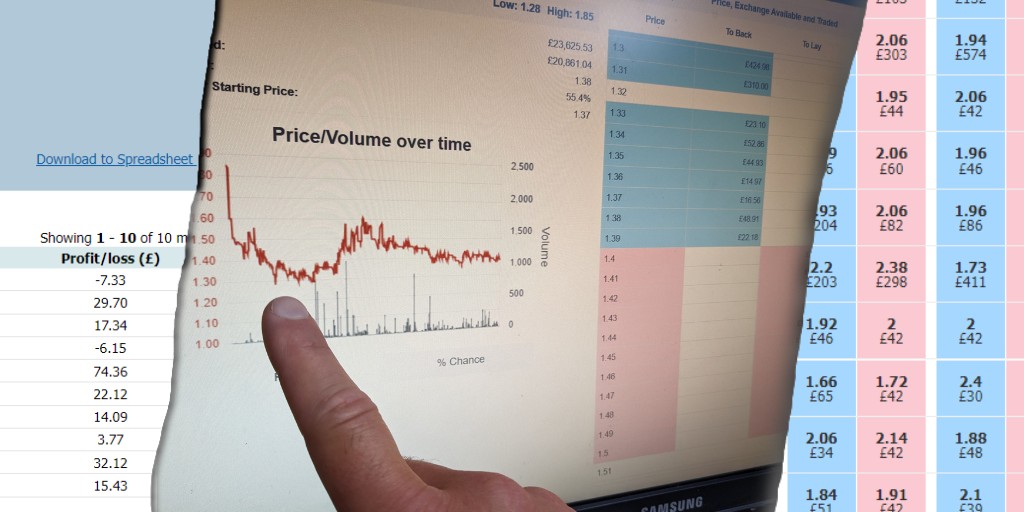If you want to become a successful Betfair trader, you need to follow some key rules. Structure, strategy and consistency are at the heart of all success.
Some sayings like “plan your trade; trade your plan” and “keep your losses to a minimum” may sound cliche, but they are critical. Here are the top 10 rules that increase your chances of success within the sports betting markets…
Top 10 Betfair Trading Rules:
1. Make a Trading Plan: A trading plan includes your strategies for entering and exiting trades, and overall bankroll. You can test your plan using historical data or via training mode before you start using real money. If your plan isn’t working, adjust it or create a new one. But always stick to your plan, you have one for a reason.
2. Treat Trading Like a Business: Trading should be treated seriously, like a business, not a hobby or a job. As a trader, you’re essentially a small business owner. You should be ready to deal with expenses, losses, uncertainties, and risks. Failing to treat your trading like a business is one of the easiest ways to lose a disproportionate amount of money.

3. Leverage Technology: Trading is competitive. Utilize technology to gain an edge over your competitors. Use charting via software like Geekstoy for Betfair, notifications, backtest your ideas, and take a look at historical information. One such example is the daily shortlist page. Embracing technology can make really lighten the load whilst maximising efficiency.
4. Guard Your Trading Capital: Protecting your trading capital doesn’t mean avoiding losses (all traders have losing trades), it means not taking unnecessary risks. Work to ensure your trading capital is preserved rather than risked. As the saying goes “manage the downside and the up will come”.
5. Become a Student of the Markets: Continuous learning is key. Stay updated with industry news, events, historical trends, and even the weather. All of these affect the market pricing, particularly when it comes to horse racing trading strategies.
6. Risk Only What You Can Afford to Lose: The money in your trading account should be expendable. Don’t risk money that you can’t afford to lose, like your savings or your mortgage payments. You may have heard of others doing this when they have a well-defined edge, but it’s not for the feint hearted. Plus, it can take a real toll on your trading mindset.

7. Develop a Fact-Based Methodology: Develop your trading plan based on facts, not emotions or hopes. Be patient and take your time to learn and understand the markets.
8. Have a Solid Stop Loss Point: A limit at which logic overrides your feelings is crucial. Set on how much risk you’re willing to take on each day, week or month. If you should reach it, stop and go back to rule number #1 with training mode.
9. Know When to Stop Trading: If your trading plan isn’t working, or you’re not able to follow it due to external stress, poor habits, or lack of physical activity, consider taking a break. After dealing with these issues, you can resume trading. Nothing good comes from forcing yourself to manage financial risk when severely stressed, particularly if it’s relationship issues.
10. Keep Trading in Perspective: Understand that both winning and losing trades are part of trading. Set realistic goals for your trading business, and keep emotions out of your trading decisions.
Remember, the aim is to make money in a controlled manner – losses are inevitable. The trick is to keep your losses small and manageable when the upside could have been far bigger. Over the long-term, variance will inevitably play out (often quicker than you think). Make it a part of your strategy to know when to accept losses and when to take profit. There will always be another trading opportunity just around the corner, there’s no rush!
Related: Sports Trading Explained for Beginners (Full Guide)

